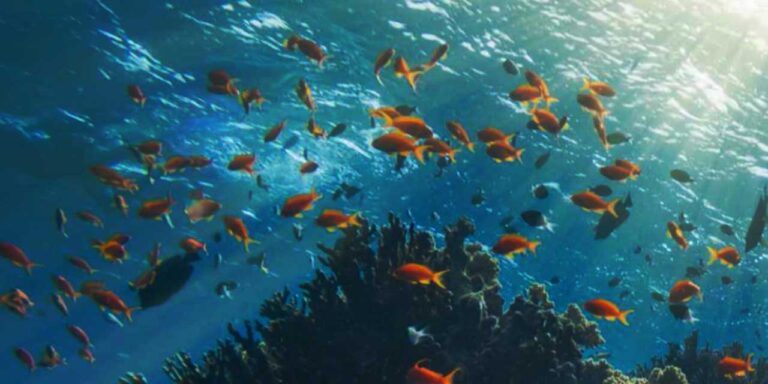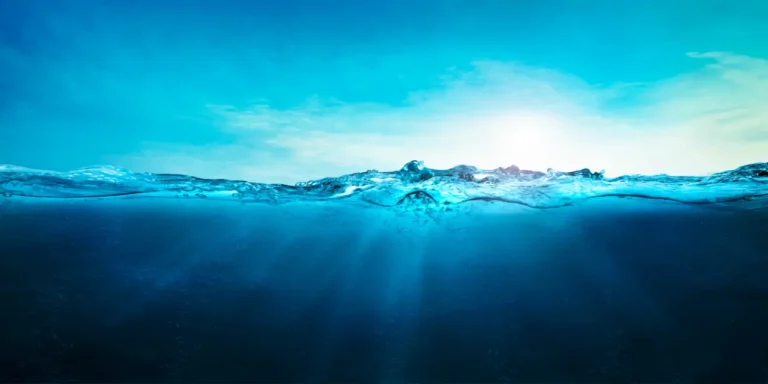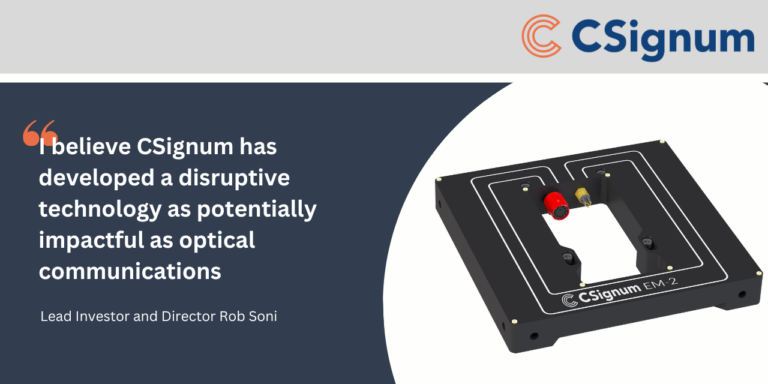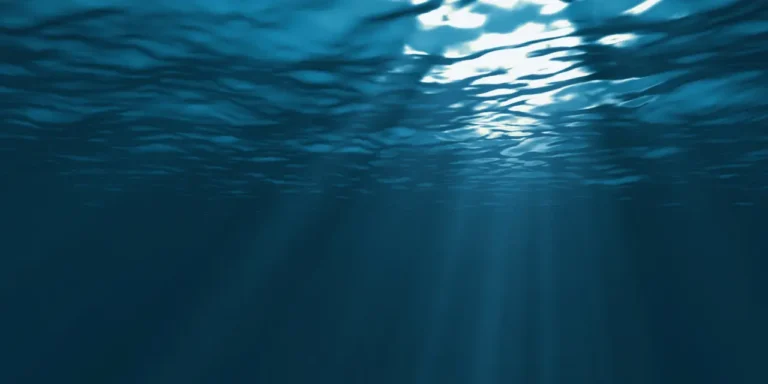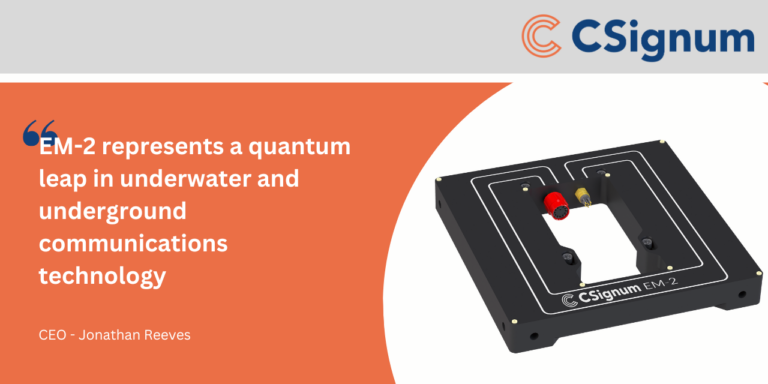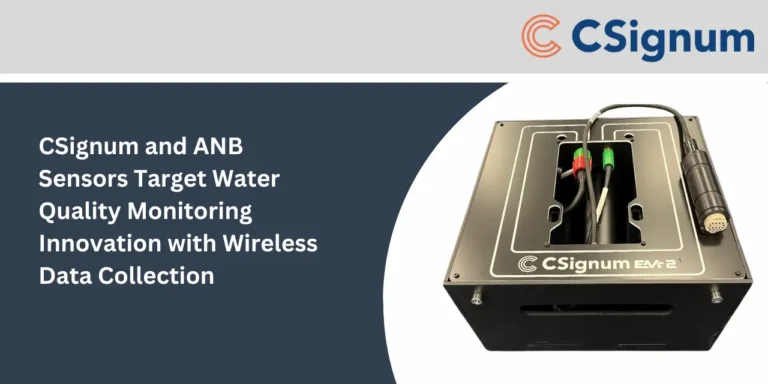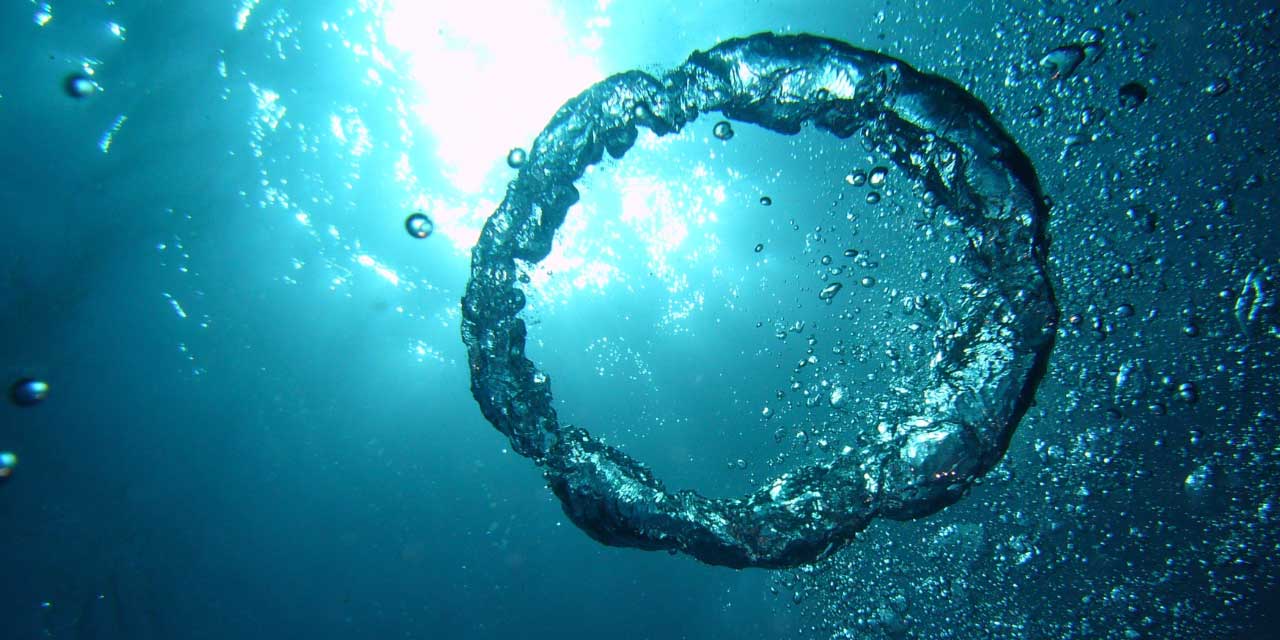
Resilience: the key issue for shallow water data recovery
How can we successfully obtain data from our coastlines, our shallow water, or from data dead zones on shore, when existing methods have resilience issues and prevailing solutions are fraught with their own inherent limitations?
This blog seeks to explore these issues of resilience and the solutions on offer. At CSignum we believe, of course, that our groundbreaking, patented, technology is a superior method of data recovery, via our technology. We also believe it’s the ideal partner for existing shallow water data solutions because we’re not here to throw the baby out with the bath water, if you’ll pardon the pun. Rather, we believe the opportunities that coastal and shallow water data holds, are so transformative for our greater understanding of our oceans, and for our collective capabilities of how to mitigate our impact on it, that it’s vital we pool our resources to obtain the highest volume and quality we can. In addition, it’s also essential that we find resilient solutions that optimise the data – and valuable decision-critical information it can provide – for the industries who work with water, on and offshore, and resilience of data recovery is a key factor in that process.
Data recovery solutions
There are a number of data recovery solutions employed to bring data out of the ocean. To the lay person, it can come as something of a surprise that Wi-Fi doesn’t work underwater. Radio waves hit the surface of the water, dissipate and die. So what works on shore and in the air is redundant when it comes to below surface transmissions.
Yet as any good high school physics student knows, radio waves aren’t the only forms of energy that exist. At its basic level, there’s six forms: chemical, electrical, radiant, mechanical, thermal, and nuclear. A quick Google search reveals, these six appear in many other forms (we counted 24) and at least three of those forms of energy are used to obtain data from under water. These are light, sound and electricity.
Sound or acoustics solutions have been the preferred solution of choice for many years. Sonar is one such solution, used predominantly in naval communications, but there are others. The challenges with acoustics are around the way that sound distorts all too easily underwater. It’s reliant on data transmission during calm weather. Its resilience has a lot of issues that mean that the volume of data it can carry is in small quantities.
Cables seem an obvious solution for data recovery subsea and indeed they can carry Wi-fi signal underwater in the way they do onshore. But cables are environmentally invasive. It takes a lot of effort to lay cables and because the seabed is always shifting, they regularly encounter debris that can break them. Their resilience is their biggest downfall. You might say, the only reliable thing about cables is that they reliably fail.
Light bends in water. We all remember our science projects showing our pencils bending in a glass. The challenge with light solutions is that they work best with still water and clear skies. Light’s the fastest thing in the universe of course, but in water at least, it’s highly delicate.
Our technology works using electro-magnetic fields, one of the oldest forms of energy in the world. Its signals can pass through anything without breaking up, making it ideal for data transmission in, through and out of water. It means it can also be a fine partner for light or acoustic solutions, improving data speeds and resilience at critical points in a data transmission. It means it’s incredibly flexible and can be used for scientific, commercial, agricultural, energy, industrial or leisure purposes. It’s simply the most resilient solution for data transmission from or through water, and also through data dead zones where even WiFi can’t function.
Because it’s designed and proven to work seamlessly with standard interfaces, like sondes, sensors, AUVs, ADCPs and dataloggers, it’s an ideal commercial tool for data transmission in any coastline or shallow water deployment, for data capture and broadcast of all kinds. EM fields are also silent and invisible, and this combines with their resilience to deliver a far more secure and environmentally safe and attractive solution for marine life and under water ecosystems.
Summary
Our case studies provide compelling reasons to work with us to improve data transmission and data resilience on any commercial or scientific project. The data opportunities we’re missing underwater right now means that our tech is a critical element in bringing the IoT to the ocean (and inland waters) and our seas. We’re already seeing offshore wind operators piloting our EM devices for turbine platform maintenance and environmental monitoring, as well as partners utilising our tech to evaluate carbon sequestration in mangroves and other sustainability projects. When millions, if not billions of dollars are at stake, the reliability and resilience of the data sources providing businesses’ information must be a key consideration. We believe our solution is this integral element for improved data volumes, for the many industries relying on marine data for their daily and annual decision-making, growth and overall productivity.

